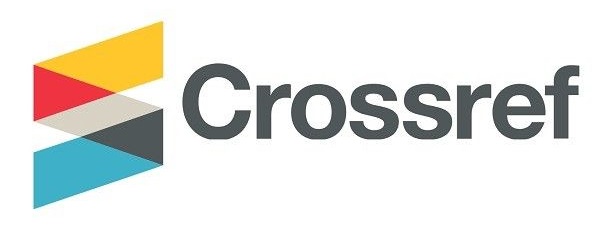Cohesive Devices on the Abstracts of Select Research Articles Presented in the International Academic Forum (AIFOR): A Discourse Analysis
DOI:
https://doi.org/10.37745/bjmas.2022.0017Abstract
This linguistic research analysis investigates the cohesive devices found in the Abstract of select Asian Conference of Education 2019 research articles. This study also endeavors to disclose the contributions of the cohesive devices in the comprehensibility of the text. This corpus-based study utilizes qualitative descriptive research that specifically employs the evocative discourse analysis. It considers the use of Halliday and Hassan’s taxonomy on Cohesive devices as a basis for investigation. A total of twenty-eight (28) research abstracts are chosen from abstracts compiled in the program and abstract book of the Asian Conference on Education (ACE) presented during the International Academic Forum (IAFOR) held in Toshi Hotel, Tokyo, Japan last October 31 to November 3, 2019, as the main source of data. The data are analyzed using Halliday and Hasan’s taxonomy of cohesion which is divided into two aspects, grammatical and lexical cohesion. The result of the study reveals that researchers utilize two grammatical cohesions namely: reference and conjunctions in their research abstracts. The conjunctive features of the grammatical device found are additive, causal, adversative, and temporal. Moreover, the referential grammatical devices found are demonstrative, personal, article, and comparative. There is no usage of substitution and elliptical cohesion or ellipsis found. In terms of lexical cohesion, Reiteration devices such as repetition, synonymy, and antonymy are utilized by the researchers in their abstracts. There is no evidence of meronomy found in the analysis. Collocation devices are widely used in the abstract. In the analysis, the presence of the cohesive devices in the abstracts functions to keep track of the participants, organized in logical order the concepts in the abstract, and help in avoiding repetition and text redundancy which significantly contributes to the text comprehensibility of the research abstracts. Thus, the researcher designs and presents an English workbook for classroom use in which the drills provided focus on the correct usage of cohesive devices in any written discourse.
Downloads
Downloads
Published
Versions
- 31-10-2022 (3)
- 27-10-2022 (2)
Issue
Section
License

This work is licensed under a Creative Commons Attribution-NonCommercial-NoDerivatives 4.0 International License.











